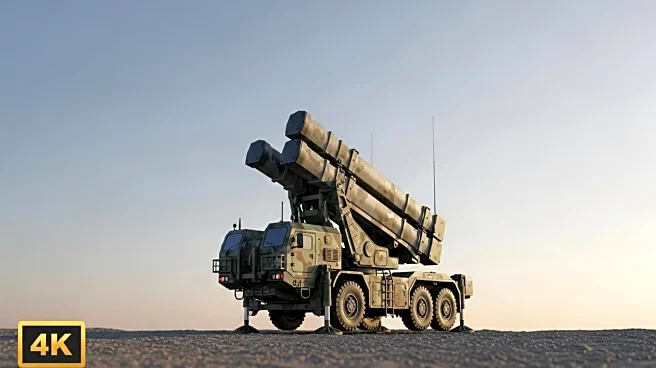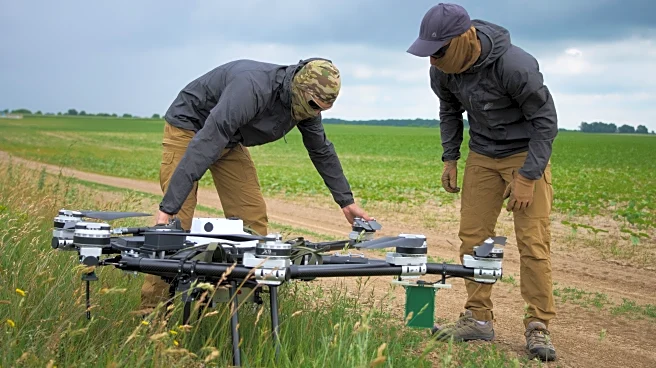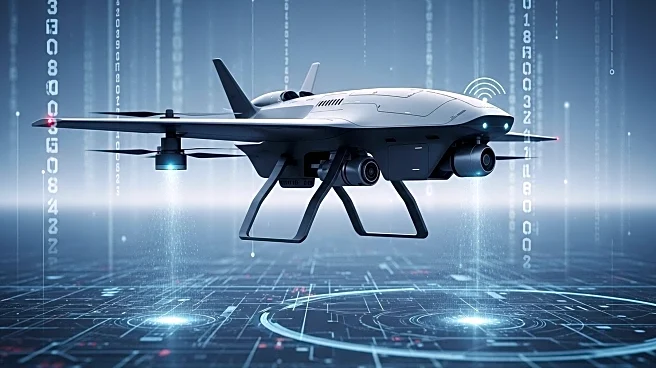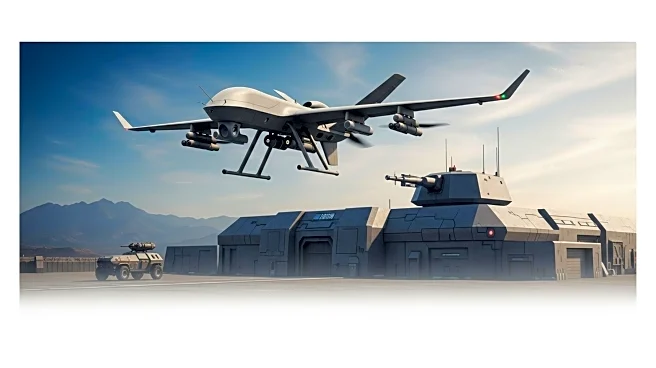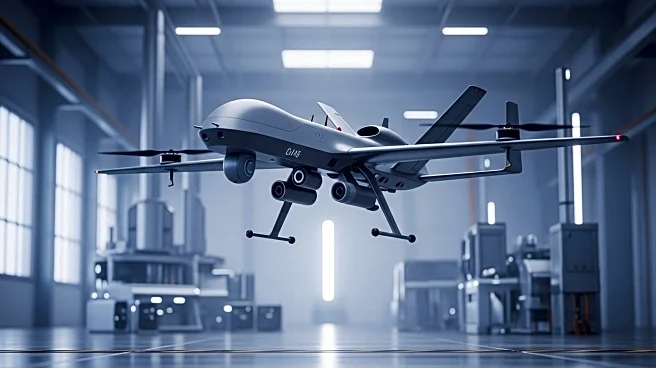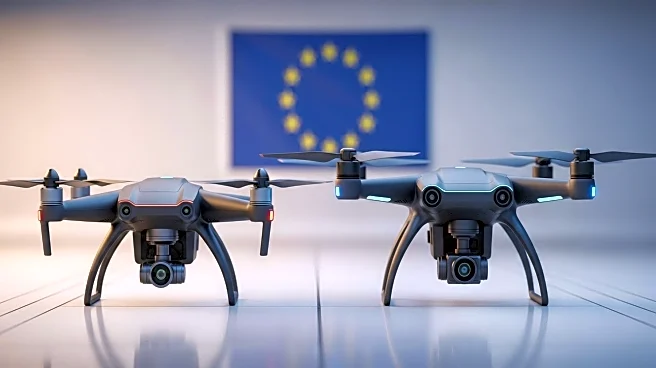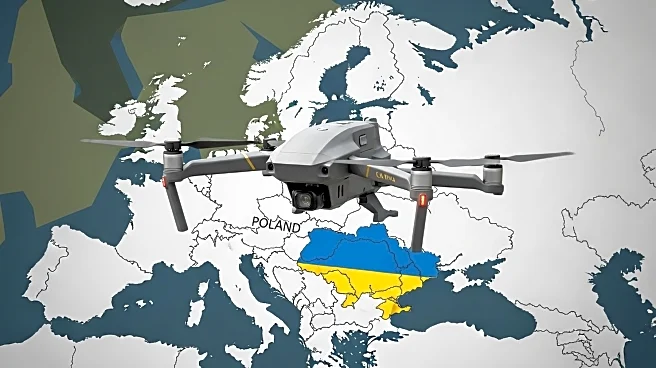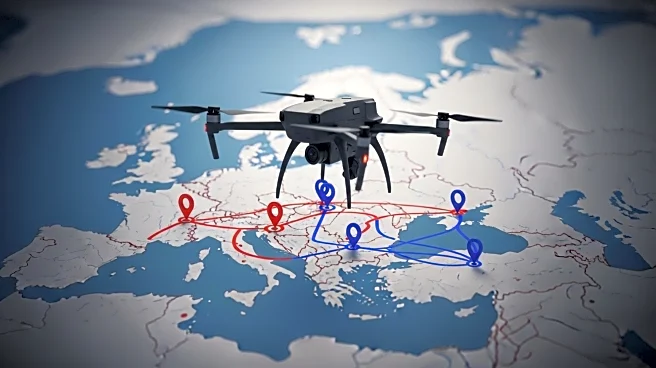What's Happening?
Wrap Technologies has introduced its counter-drone system, the Merlin-1KC, into the U.S. Army's xTechCounter Strike competition. This competition is designed to identify innovative technologies that can counter the threats posed by small unmanned aircraft systems (UAS) in combat. The Merlin-1KC is engineered to enhance the protection of U.S. and allied forces by neutralizing hostile drones. The system features a modular architecture, allowing for flexible deployment across various platforms, including aerial drones, ground vehicles, and portable soldier-worn launchers. It operates independently from electronic warfare or directed energy systems, making it effective in contested environments. The Merlin-1KC can incapacitate up to six low-cost hostile drones with a single shot, each costing under $60. Wrap Technologies currently has a production capacity of 18,000 to 20,000 units per month, with plans to increase to 75,000 units monthly.
Why It's Important?
The introduction of the Merlin-1KC by Wrap Technologies into the U.S. Army's competition highlights the growing need for effective counter-drone solutions in modern warfare. As drones become increasingly prevalent on the battlefield, the ability to neutralize these threats is crucial for maintaining the safety and operational effectiveness of military forces. The Merlin-1KC's cost-effectiveness and operational independence from traditional countermeasures make it a valuable asset in diverse combat scenarios. This development could lead to significant contracts and support from the U.S. Department of Defense and NATO allies, potentially influencing future military strategies and operations. The scalability of production also indicates Wrap Technologies' readiness to meet the rising demand for such technologies.
What's Next?
If successful in the xTechCounter Strike competition, Wrap Technologies could secure financial rewards and contracts that would allow for further development and deployment of the Merlin-1KC. The company may also have opportunities to showcase their technology in live demonstrations, gaining further visibility and credibility in the defense sector. This could lead to increased collaboration with military and defense organizations, both domestically and internationally, as they seek to enhance their counter-drone capabilities.

